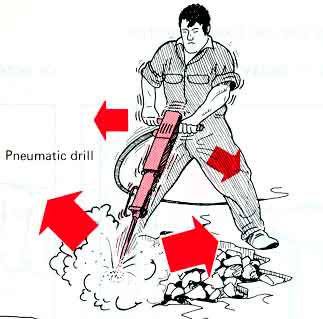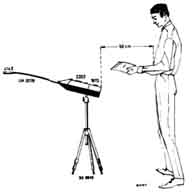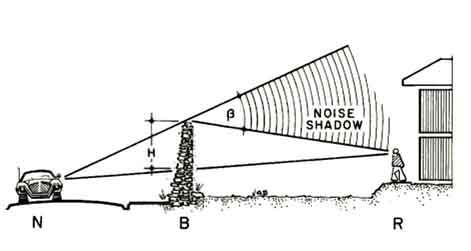Sound and Vibration Studies
Environmental sound and vibration can originate either from internal mechanical equipment or from a variety of outside sources such as transformers, vehicles, cooling towers, fans, motor-driven equipment, and a host of industrial machinery and processes. In addition to disturbing people, sound and vibration also can adversely impact certain types of processing equipment. For example, while humans can detect floor vibration exceeding a Root Mean Square (RMS) velocity of approximately 125 microns per second, certain equipment exhibits vibration-related malfunction if floor vibration exceeds 6.25 microns per second. Moreover, noise transmission is affected by three major environmental influences: distance, atmospheric conditions, and terrain/vegetation. When existing environmental sound and vibration adversely influence the success of a project, A Acoustics performs Environmental Sound and Vibration studies to evaluate the impact of these factors prior to construction. A complete Environmental Sound and Vibration Study contains the following three elements. When a comprehensive study is not required, we will perform any of the elements of a complete Environmental Sound and Vibration Study individually.
Ambient Noise Study
To establish the ambient noise levels for a proposed project, A Acoustics measures and assesses the existing noise levels, comparing them with applicable land use restrictions and federal, state, and local noise regulations. Based on these analyses, A Acoustics predicts how ambient conditions will affect the proposed project. We also recommend methods for reducing noise levels to comply with all pertinent regulations.


